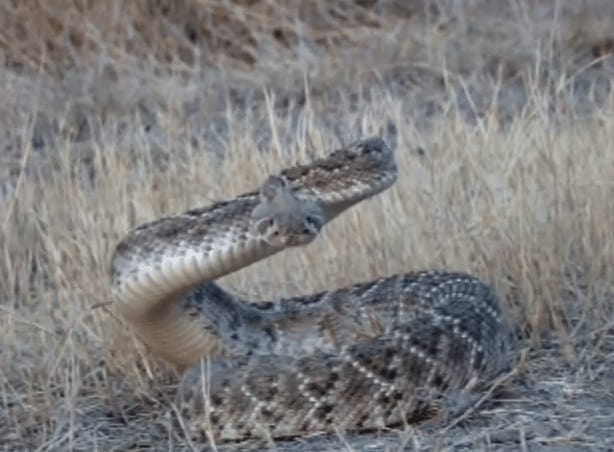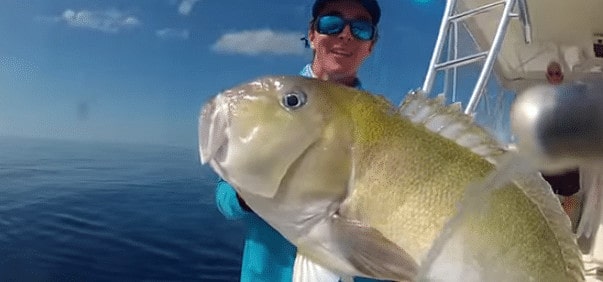
This is an incredible video that is guaranteed to get your adrenaline flowing and chill you to the bone – no matter how you feel about snakes. It almost feels as though the snake (A Western Diamondback) is looking directly at you, and you can see the aggression in it’s eyes and body.
We recently shared the story of Dana Sanders surviving a rattlesnake bite, and how is story could also save your life. This snake won’t be biting anyone after this video.
WARNING : This video features an up close rattlesnake that is literally killed by an arrow to the head. It is graphic!
From Judge Giss’s YouTube page: “A Western Diamondback Rattlesnake gets violently SLAMMED. If this sounds offensive, don’t watch it. And yes, I ate the snake.”
This video comes after a video featuring the World’s Largest Cottonmouth Snake.
Here are some awesome facts about rattlesnakes (courtesy of Reptile Knowledge).
All rattlesnake species live within the western hemisphere. The majority of these are found within North America (the United States, Mexico and Central America).
There are about 30 species of rattlesnake in the world, and all of them are covered here in the rattlesnake database.
The largest rattlesnake is the eastern diamondback (Crotalus adamanteus), which can grow to a length of eight feet.
All rattlesnakes are members of the Viperidae family of snakes (subfamily pit vipers), a family that also includes copperheads, vipers and more. All members of this family are venomous.
Like other members of the Viperidae family, the rattlesnakes are called pit vipers because they have a heat-sensing pit on each side of their head, roughly between the nostril and the eye. These pits are used to detect warm-blooded prey. Rattlesnakes can detect differences in temperature down to a fraction of a degree.
All rattlesnakes fall into one of two genera — Crotalus and Sistrurus. The Crotalus genus accounts for the vast majority of rattlesnake species.
Rattlesnakes are ovoviviparous, which means they give birth to live young (5 to 20 at a time). They do not lay eggs like most North American snakes. Instead, the female retains the egg inside her body. So the baby rattlesnakes are born fully formed, ready to hunt and ready to defend themselves!
Counting the “buttons” on a rattlesnake’s rattle is not an accurate measure of the snake’s age. Rattlesnakes get extra buttons in conjunction with how often they shed, and they may shed several times in a year. The buttons on the end of the rattle tend to break off, as well.







